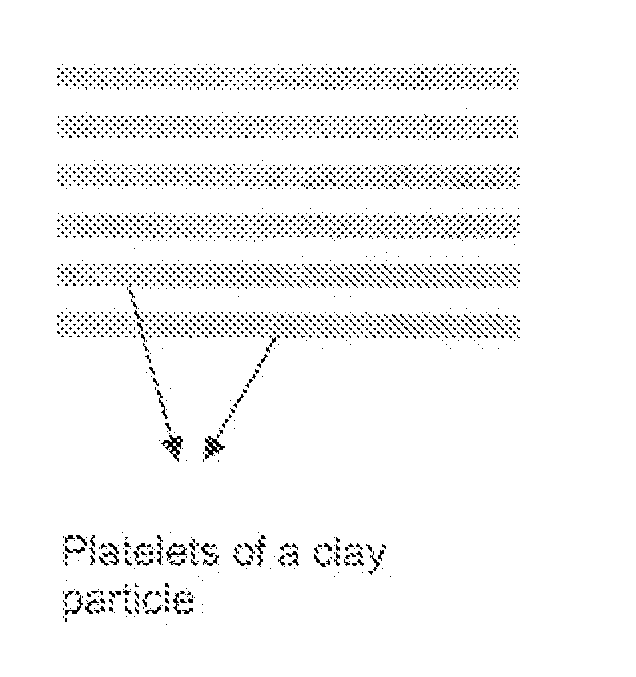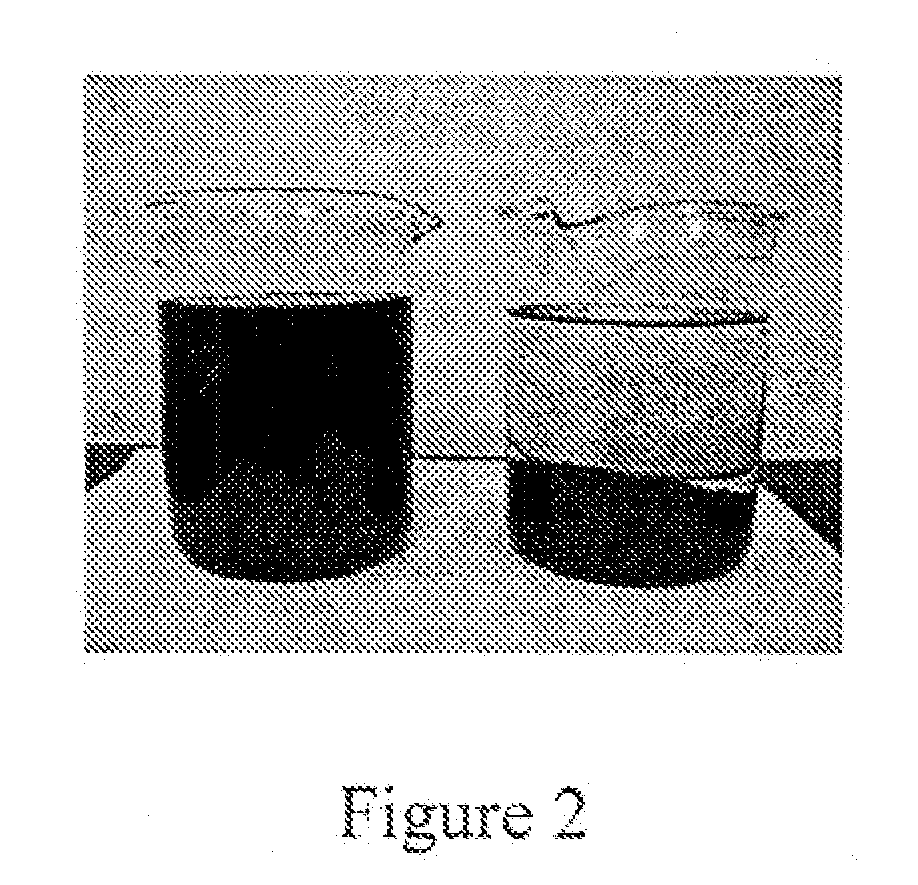Dispersion by Microfluidic Process
a microfluidic and process technology, applied in the field of composite materials, can solve the problems of nanoparticles in polymer matrix dispersion, ineffective dispersion methods such as ball milling, ultrasonication, monogenization, etc., and achieve the effect of dispersing particles in the ball milling process for a very long tim
- Summary
- Abstract
- Description
- Claims
- Application Information
AI Technical Summary
Problems solved by technology
Method used
Image
Examples
Embodiment Construction
[0009] A combination of clay and another type of particle may significantly improve the mechanical properties of polymer nanocomposites. The introduction of the particles in the clay / polymer matrix may prevent the agglomeration of the platelets. Small amounts of clay (1 wt. %) may significantly improve flexural strength and modulus of polymer matrix nanocomposites because of the well dispersion (or so-called exfoliation) of the clay platelets in the polymer matrix.
[0010] Improved mechanical properties of both clay and carbon nanotube (CNT)-reinforced polymer matrix nanocomposites are obtained by dispersing those nanoparticles using a microfluidic process. Well-dispersed particles are obtained that sufficiently improve mechanical properties of the nanocomposites, such as flexural strength and modulus.
[0011] Some advantages of the microfluidic dispersion process of the present invention over conventional dispersion methods are much higher energy applied to the solvent (up to 20,000 ...
PUM
| Property | Measurement | Unit |
|---|---|---|
| Mechanical properties | aaaaa | aaaaa |
| Modulus | aaaaa | aaaaa |
| Flexural strength | aaaaa | aaaaa |
Abstract
Description
Claims
Application Information
 Login to View More
Login to View More - R&D
- Intellectual Property
- Life Sciences
- Materials
- Tech Scout
- Unparalleled Data Quality
- Higher Quality Content
- 60% Fewer Hallucinations
Browse by: Latest US Patents, China's latest patents, Technical Efficacy Thesaurus, Application Domain, Technology Topic, Popular Technical Reports.
© 2025 PatSnap. All rights reserved.Legal|Privacy policy|Modern Slavery Act Transparency Statement|Sitemap|About US| Contact US: help@patsnap.com



